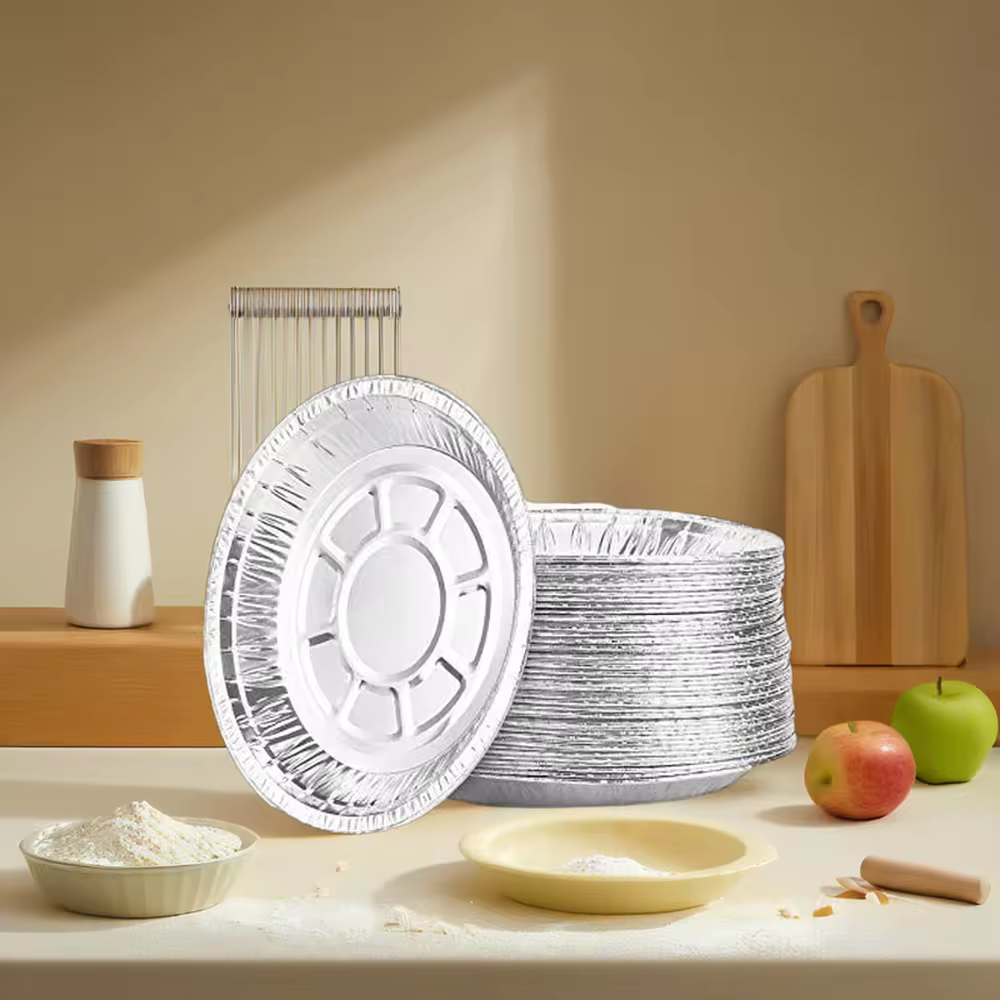Using aluminum foil cake pans is a convenient way to bake, store, and transport your culinary creations, especially when you're in need of disposable bakeware. When using these pans, it's essential to consider their potential impact on baking times and overall baking results.
Here's a detailed introduction to baking times when using aluminum foil cake pans:
Understanding Aluminum Foil Cake Pans
Aluminum foil cake pans are often used for their convenience. They are lightweight, disposable, and can be a great option for baking, especially when you need to transport baked goods or when using a water bath for custards and cheesecakes. However, they do have different heat conduction properties compared to traditional baking pans, which can affect baking times and results.
Factors Impacting Baking Times
1. **Heat Conduction**: Aluminum foil pans distribute heat differently than traditional baking pans. They tend to conduct heat more rapidly and may result in quicker browning. This can affect the overall baking time required for your recipe.
2. **Thickness and Size**: The thickness and size of the aluminum foil pan will impact baking times. Thicker pans might take longer to heat through, affecting the overall baking time, while larger pans can spread the batter thinly, potentially reducing the baking time.
3. **Insulation**: Aluminum foil pans may provide less insulation compared to standard baking pans, affecting how heat is distributed to the batter. This can impact the rate at which the cake bakes.
Adjusting Baking Times
When using aluminum foil cake pans, it's important to monitor your baked goods closely, especially the first time you use these pans with a particular recipe. Here are some general guidelines for adjusting baking times:
1. **Temperature**: Start by following your recipe's temperature guidelines. However, you may need to reduce the oven temperature slightly (by about 25°F) to accommodate for the rapid heat conduction of aluminum foil pans.
2. **Monitoring**: Keep a close eye on your baking goods and start checking for doneness earlier than you typically would. The reduced baking time can often catch you by surprise.
3. **Testing for Doneness**: Use the toothpick test or gently press the cake's top to gauge its readiness. Remember, a shallower cake in a larger or thinner aluminum foil pan may bake faster.
Conclusion
Baking with aluminum foil cake pans can be practical, but it requires a slight adjustment to traditional baking times due to differences in heat conduction and insulation. By understanding these factors and making necessary adjustments, such as monitoring the baking process closely and potentially lowering the oven temperature, you can achieve excellent results when using these pans. Always remember that actual baking times can vary based on the recipe, the specific brand and type of aluminum foil pans you're using, and your individual oven, so it may take some trial and error to perfect your baking times.

